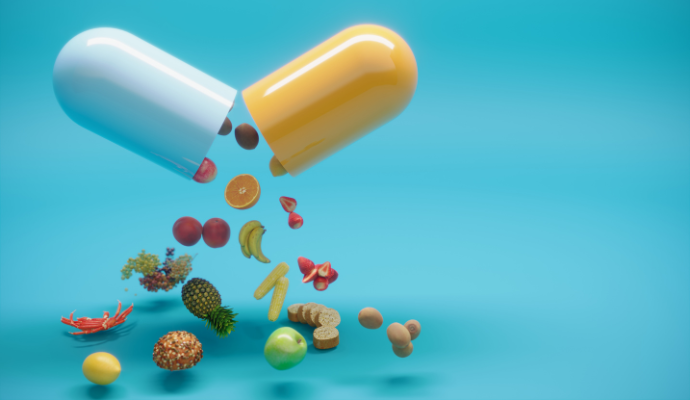Produce Prescription Programs Could Cut $40B in Healthcare Spending
The researchers said a produce prescription program could also prevent 296,000 cases of cardiovascular disease.

Source: Getty Images
- Produce prescription programs would be a best buy healthcare intervention, with a new study from the Tufts University Friedman School of Nutrition Science and Policy showing such programs could cut some $40 billion in healthcare spending.
The study also showed produce prescription programs offered to people ages 40 to 79 with diabetes or food insecurity could generate a whopping 260,000 quality-adjusted life years (QALYs, or years spent living in good health).
These findings are notable as healthcare looks to better understand the food is medicine philosophy. Separate from the idea of food security, food is medicine is the philosophy that a nutrient-rich diet can help prevent and manage certain diet-related chronic illnesses.
“Of the strategies that can improve American’s nutrition and diet-related health outcomes, evidence continues to build that produce prescriptions are a terrific option,” senior author Dariush Mozaffarian, a cardiologist and Jean Mayer Professor of Nutrition at the Friedman School, said in a public statement.
“These innovative treatments are exciting because they can not only improve health and reduce healthcare spending, but also reduce disparities by reaching those patients who are most in need,” added Mozaffarian, who is also launching a first-of-its-kind cross-university initiative to advance the food is medicine philosophy.
Produce prescription programs, which offer vouchers for fruits and veggies, are one of many food is medicine interventions. After visiting with a healthcare provider, qualifying patients—usually those with diet-related illnesses like diabetes or heart disease or those screening positive for food insecurity—can get a voucher to give them free or discounted fruits and vegetables either via home delivery or at the local grocery store, farmer’s market, or healthcare farmacy, the researchers explained.
This latest study, published in the Journal of the American Heart Association, shows not just the health and well-being impacts of produce prescription programs, but also the return on investment these programs can have.
The team used 2013-2018 data to simulate a produce prescription program that would include patients who ages 40 to 79 who have a diabetes diagnosis or who have screened positive for food insecurity. Using information from 20 small-scale produce prescription programs, the researchers assumed access to these interventions would yield a 0.8-serving increase in fruits and vegetables among participants with resulting improvements in BMI and blood pressure levels.
Overall, this model showed that produce prescription programs have benefits that extend beyond clinical outcomes.
The overall implementation cost of the program was $44.3 billion, and the researchers estimated it would save $39.6 billion in healthcare costs and another $4.8 billion in productivity costs. That shakes out to around $18,000 per QALY gained, the team noted, making produce prescription programs a healthcare best-buy.
And there were the proven benefits to clinical outcomes, the team said. The model predicted 296,000 prevented cardiovascular illnesses, including heart attacks and strokes, and a gain of 260,000 QALYs across all program recipients.
The researchers acknowledged that their figures could be off. The model could be an over- or under-estimation of program participation, which would skew the cost savings generated from produce prescription programs.
Still, they asserted that the model’s data gives a good base off of which policymakers can begin considering produce prescription programs at the national level.
“A national program could be enacted through inclusion of produce prescriptions as a covered healthcare benefit, already being piloted by several states under Medicaid section 1115 waivers as well as by private healthcare payers,” Mozaffarian pointed out. “Our new findings help inform implementation to scale and evaluate these programs across the United States.”
Notably, the model showed that produce prescription programs could be a tool for health equity, which is a key goal within the healthcare and public health industries.
“When we looked at different subgroups of Americans, we found broadly similar benefits by insurance type, race, and ethnicity,” first author Lu Wang, a postdoctoral fellow at the Friedman School, said in the press release. “These results suggest that a national produce prescription initiative could benefit all Americans, highlighting the potential of Food is Medicine strategies to alleviate health inequities caused by food and nutrition insecurity and diet-related diseases.”
